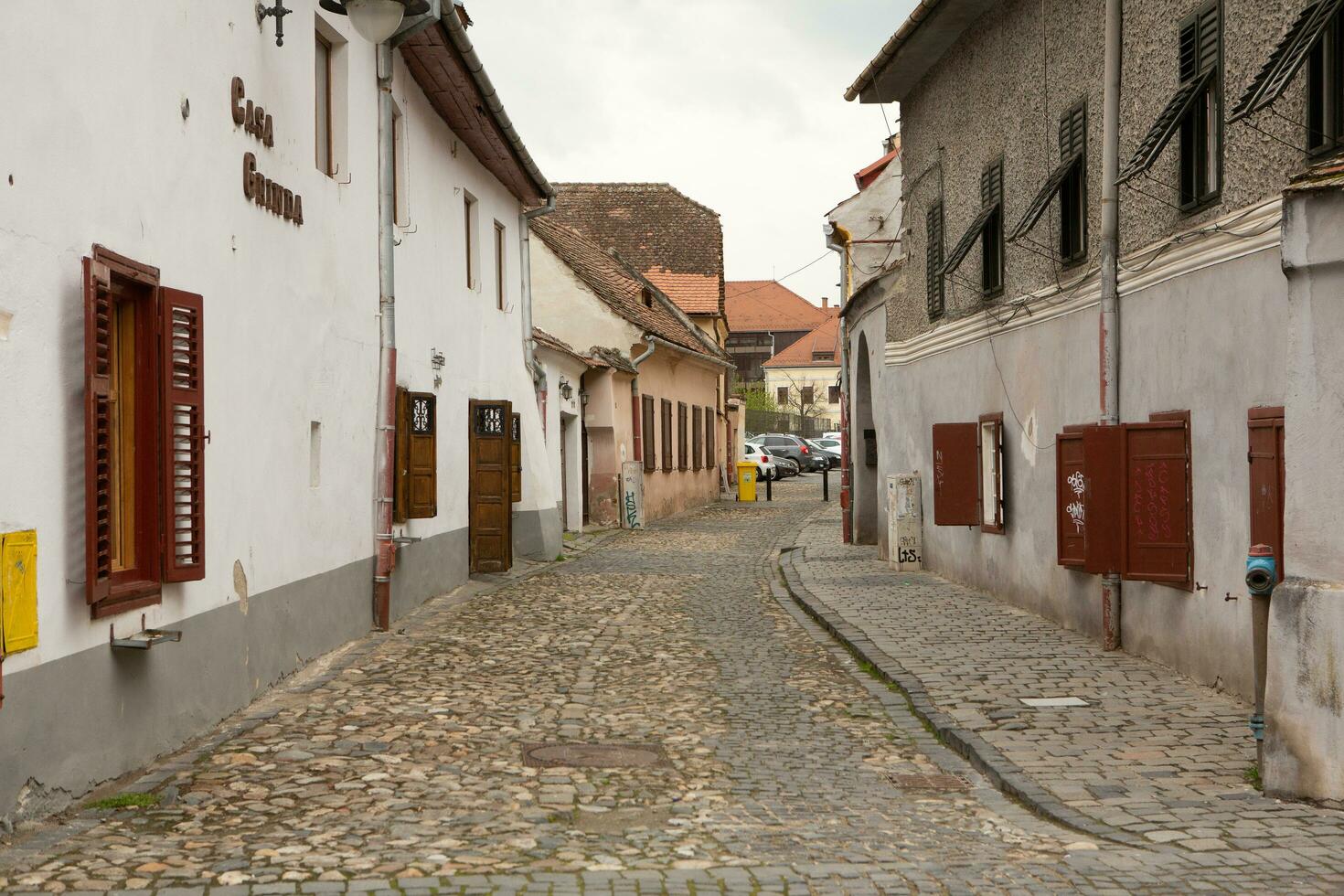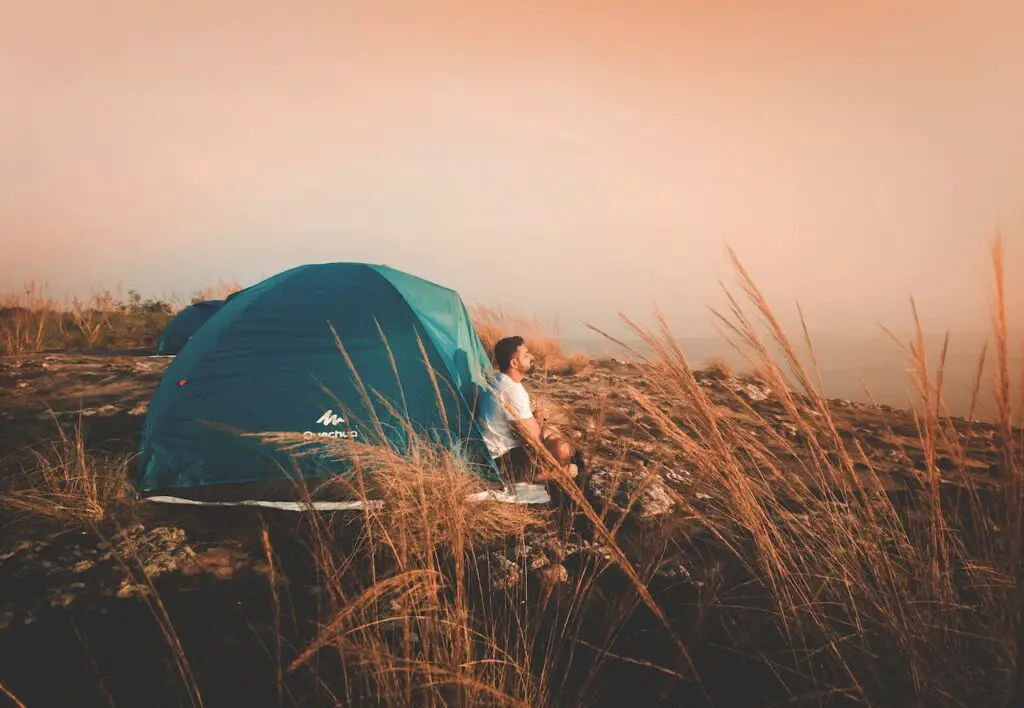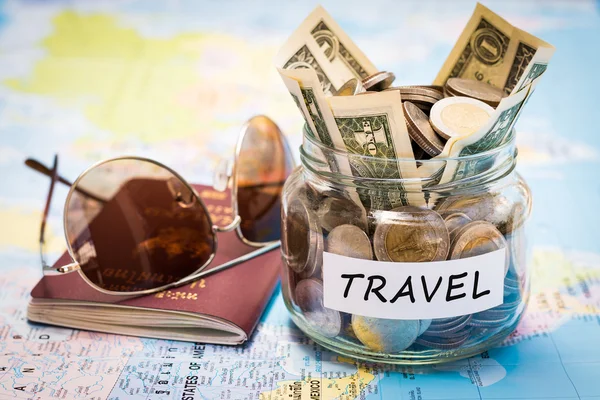Sibiu is a picturesque city located in the heart of Romania, in the region of Transylvania. City popularly known for its well-preserved medieval architecture, rich cultural heritages and many natural landmarks. Sibiu was designated a “European Capital of Culture in 2007” and is famous for its vibrant history and cultural scene.

If you go deeper in the city you will mesmerize many stunning landmarks such as the Brukenthal Palace, the Great Square (Piața Mare), and the Astra National Museum Complex. These are the prime landmarks which show us Romania’s rural heritage. Due to its beautiful and walk able cobbled streets, ornate buildings, and rich traditions, Sibiu attracts visitors around the world seeking the experience of history, art, and local cuisine of this city in order to make it a must-visit destination in Romania.
Top 10 Things to Do in Sibiu, Romania
1. Brukenthal Palace

Brukenthal palace is the perfect symbol of the Baroque building in Romania. Built between 1778-1788 includes the Brukenthal National Museum, featuring a vast collection of European art. Considered Romania’s most iconic landmark also called as one of the significant Baroque buildings in Romania. Today Brukenthal palace houses the European art gallery and Brukenthal library. The European art gallery combines German and Austrian painting, Dutch and Italian painting and Brukenthal collections.
2. Sibiu Old Town

UNESCO World Heritage site, Sibiu city where you can take a leisurely Stroll through the picturesque old town with its cobblestone streets, colorful buildings, and medieval architecture, including the iconic Bridge of Lies. Its most historical monuments from the old part of the Sibiu are really impressive. Dating back to the 14th century the 3rd fortification belt of the city, along with the city impressive other landmarks like the large square of Brukenthal Palace, the blue house, the haller house and Catholic Church.
3. Gastronomy

Never miss the rare and old taste of local ingredients and varieties. Its multicultural heritage often translates to delicious foods and mouth-watering gastronomy. Most of the local cuisines are basically influenced by German and Hungarian recipes. However organic foods which are produced locally and local cuisine at traditional Romanian restaurants. Don’t miss trying dishes like sarmale (cabbage rolls) and mici (grilled sausages).
4. The Great Square (Piața Mare)

The Great Square or Piața Mare is located in the heart of the Sibiu city, once serving as a center point of the city from 1366. The Great Square was identified as a cereal market in 1411 and later onward it converted as an old city. Historically, the square hosted significant events like public gathering, fountain in 1538 and front house no.15 played a key role in the square’s history. This central square hosts various festivals and markets, surrounded by historic buildings, restaurants, and cafes.
5. The Council Tower

It shows the richness of history along with the perfect symbol of the city. The Council tower was originally built in the 13th century as part of the city’s fortification system including defensive walls and towers. Today The Council Tower is a perfect example to the medieval architecture with the height of 73 meters and cone shaped roof. Its notable feature is the astronomical clock, which was introduced in the 17th century to show us astronomical information like the phases of the moon and the position of celestial bodies. Climb this medieval tower to get panoramic view of Sibiu and its surroundings like historical old town, surrounding countryside and Carpathian Mountains.
6. ASTRA National Museum Complex
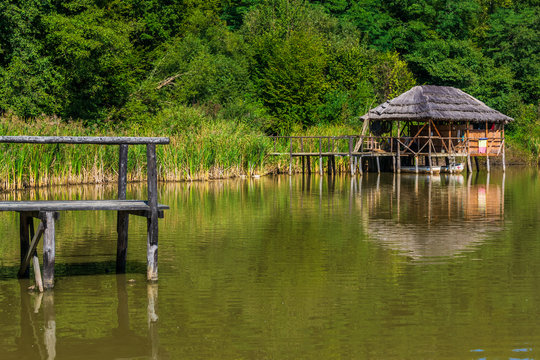
ASTRA is simply called a “Museum of Traditional Folk civilization” situated in the Dumbrava forest Sibiu. It is an open-air museum that showcases Romanian rural life with traditional houses, farmsteads, and a beautiful natural landscape. Occupying an area of 0.96 square kilometers, considered as the largest open air museum and largest in central and Eastern Europe. However it is also home to workshops of traditional Romanian folk culture from the pre-industrial era. Amidst the museum over 300 houses and other buildings are situated in the forest and lakes.
7. Evangelical Cathedral
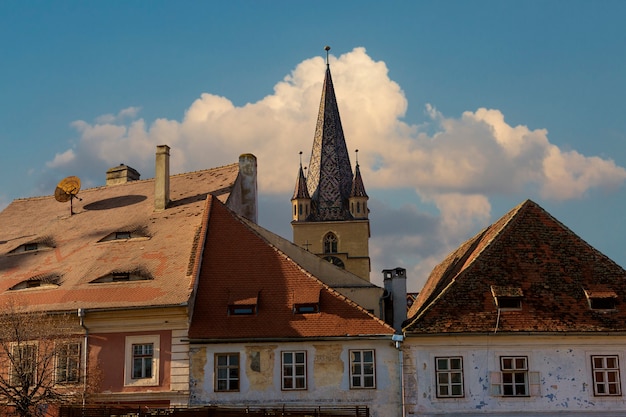
One of the perfect examples of famous Gothic style church in Sibiu. Evangelical Cathedral is a massive 73.34 m high Cathedral steeple in the city built in the 14th century. Such a stunning Gothic cathedral, known for its impressive tower and beautiful interior, which often hosts concerts. Its intrinsic feature is four turrets situated in the top of the steeple where foreigners let you know the town has a right to sentence to death. During ancient times, the Cathedral was well known as a place for dead body burials especially for Mayors and other famous personalities. This practice was banned in 1796.
8. Sibiu City Walls
City wall is another fantastic landmark here in Sibiu. Sibiu City Walls includes 39 towers and each of them protected by different guilds. You will see the remaining handful by walking north walls like Str Cetatii past Potters tower and Carpenters tower. Remnants of the old fortifications, including towers and bastions that tell the story of the city’s medieval past. Haller Bastion is named after the 16th century mayor of Sibiu, a building associated with the cruel past. Once a city which was hardly hit by the Plague and then holes were bored through its walls to enable corpses to be evaluated.
9. The Bridge of Lies

Another top attraction in Sibiu is the Bridges of Lies. Rebuilt in 1859, by the Friedrich Hutte location of the wooden bridge. According to some facts a bridge which was built without a pillar, therefore it is called “the lying bridge”. Such a famous bridge reputedly to “lie” when someone tells a falsehood on it – a popular photo spot with fascinating legends. However, it is a place known for couples and lovers to take a leisure walk in order to be adorned with vegetal and Neo Gothic geometric motifs.
10. Transfagarasan Highway

Transfagarasan Highway is considered as one of the most beautiful roads in the world, especially in the highway passing over the Fagaras Mountains in Transylvania. Most panoramic and beautiful roads in the world, crossing the southern part of the Carpathian Mountains. Constructed in 1970 with the 90 km long distances including many twists and turns. If you have time when you are in Sibiu, never forget to take a drive along this scenic road, often touted as one of the best in the world, offers panoramic views of the Balea Lake, Balea waterfalls and Vidraru Lake.
Sibiu is not just a travel destination, it is a place where you will find historical buildings or churches/cathedrals, natural wonders and culture oriented landmarks. So, it is very important to spend the quality of your time to do above any once in your lifetime.
Suggested Reads; What is Travel Insurance?
What are the Benefits of Travelings?
Q: Where is Sibiu Romania located?
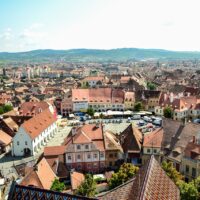
A: Sibiu is a picturesque city located in the region of Transylvania, heart of Romania.
Q: Is Sibiu a UNESCO World Heritage site?
A: Not city few sites like Old town, fortified churches and Sibiu City Walls are recognized as a UNESCO World Heritage site.
Q: What country is Sibiu in?
A: Sibiu city located in the central Romania.

